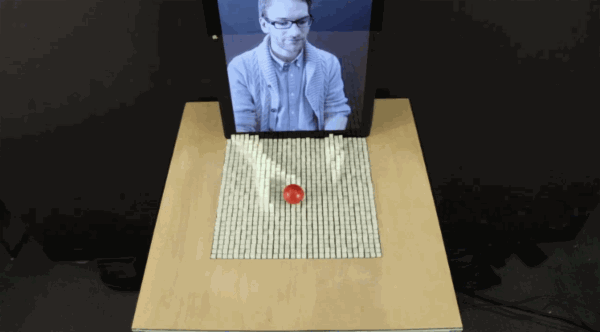You're listening to NEWS Plus Special English, I'm Mark Griffiths in Beijing.
The European Space Agency has launched its star-surveying satellite Gaia into space, hoping to produce the most accurate three-dimensional map of the Milky Way and to better understand the evolution of our galaxy.
The satellite was lifted into space from French Guiana last Thursday aboard a Russian-made Soyuz rocket.
Soon after the launch, Gaia unfurled its 10-meter, or 33-feet, circular sun shield — a crucial moment in the mission. The shield protects the spacecraft's sensitive instruments from the rays of the sun while simultaneously collecting solar energy to power the spacecraft.
When Gaia gets to the orbit, the satellite's instruments will be switched on and it will follow a unique pattern designed to keep its back always turned to the sun.
The mission's goal can be compared to the switch from two-dimensional movies to 3D. At the moment, scientists are working with a largely "flat" map of the galaxy. And they want to have depth.

Researchers at the Massachusetts Institute of Technology have found a way to allow people in one place to interact with three-dimensional versions of people or objects in a different location.
MIT's Tangible Media Group calls the technology inFORM. A person in one location moves or puts an object in front of a depth-sensing camera. That camera sends signals to a motorized pin screen somewhere else and that's where the 3D image pops up. If someone on camera is moving his hands, for example, that movement would show up on the pin screen in another location.
The researchers hope the technology can eventually be used by urban planners and architects. It could also be used by doctors and others who need to look at CT scans.













